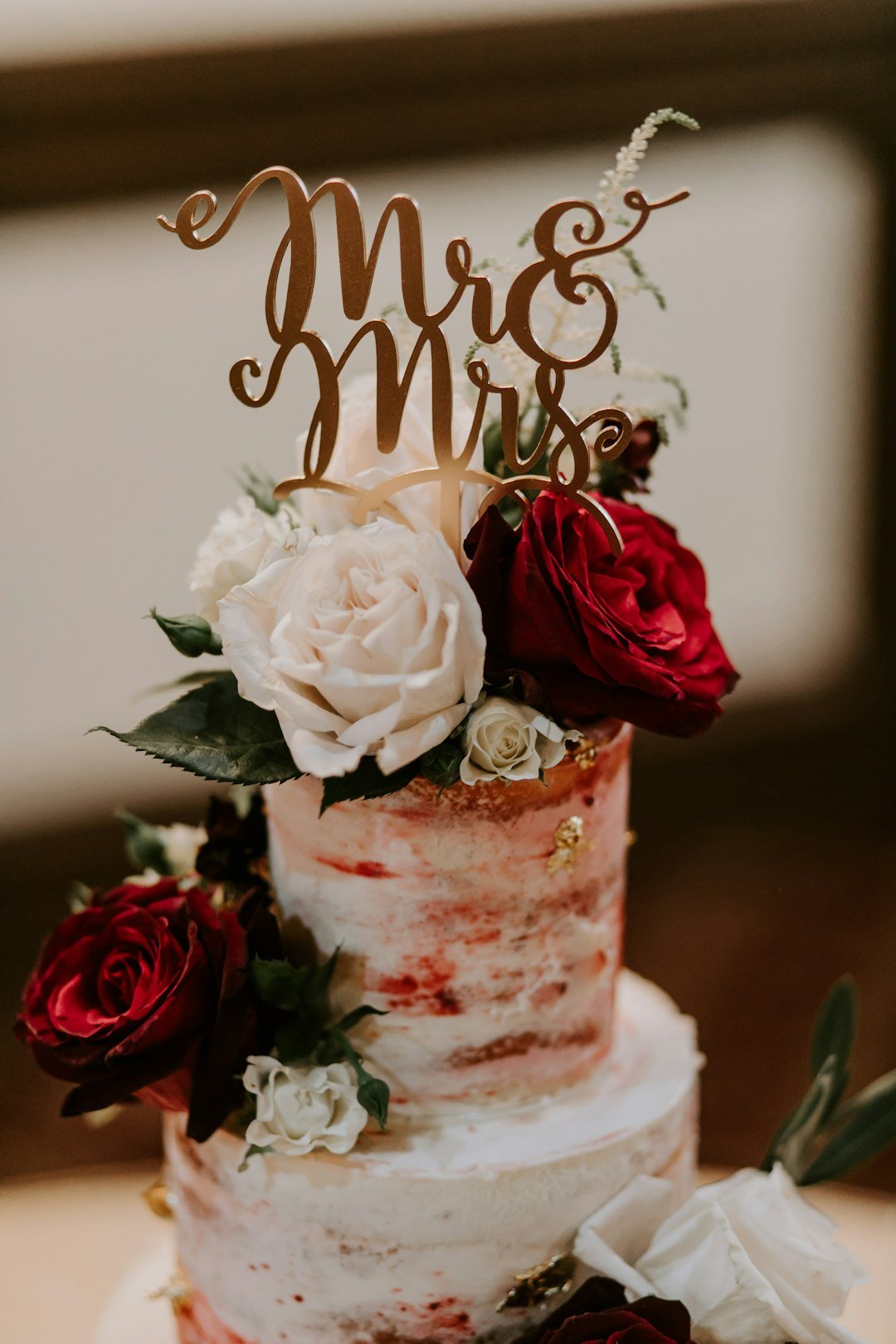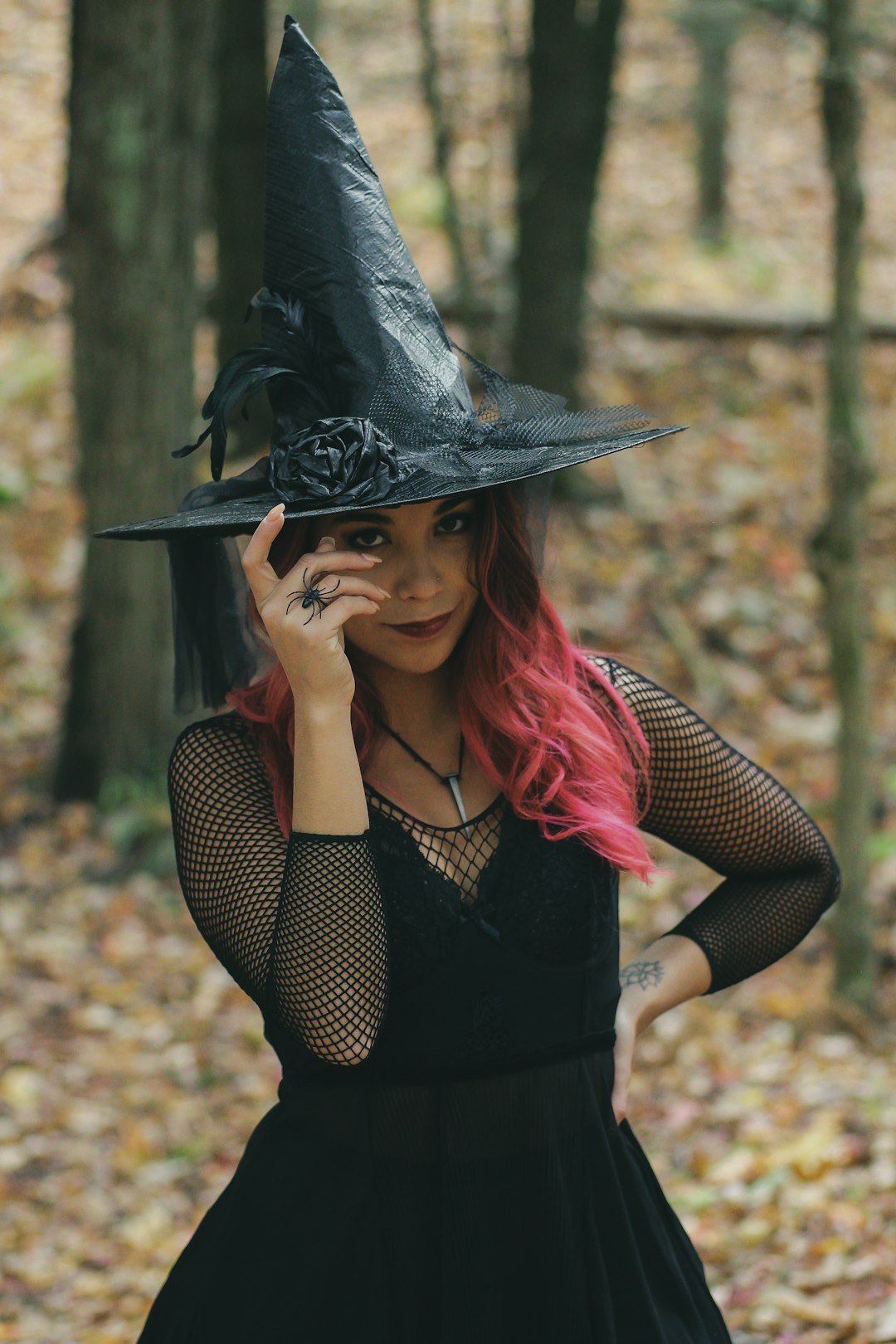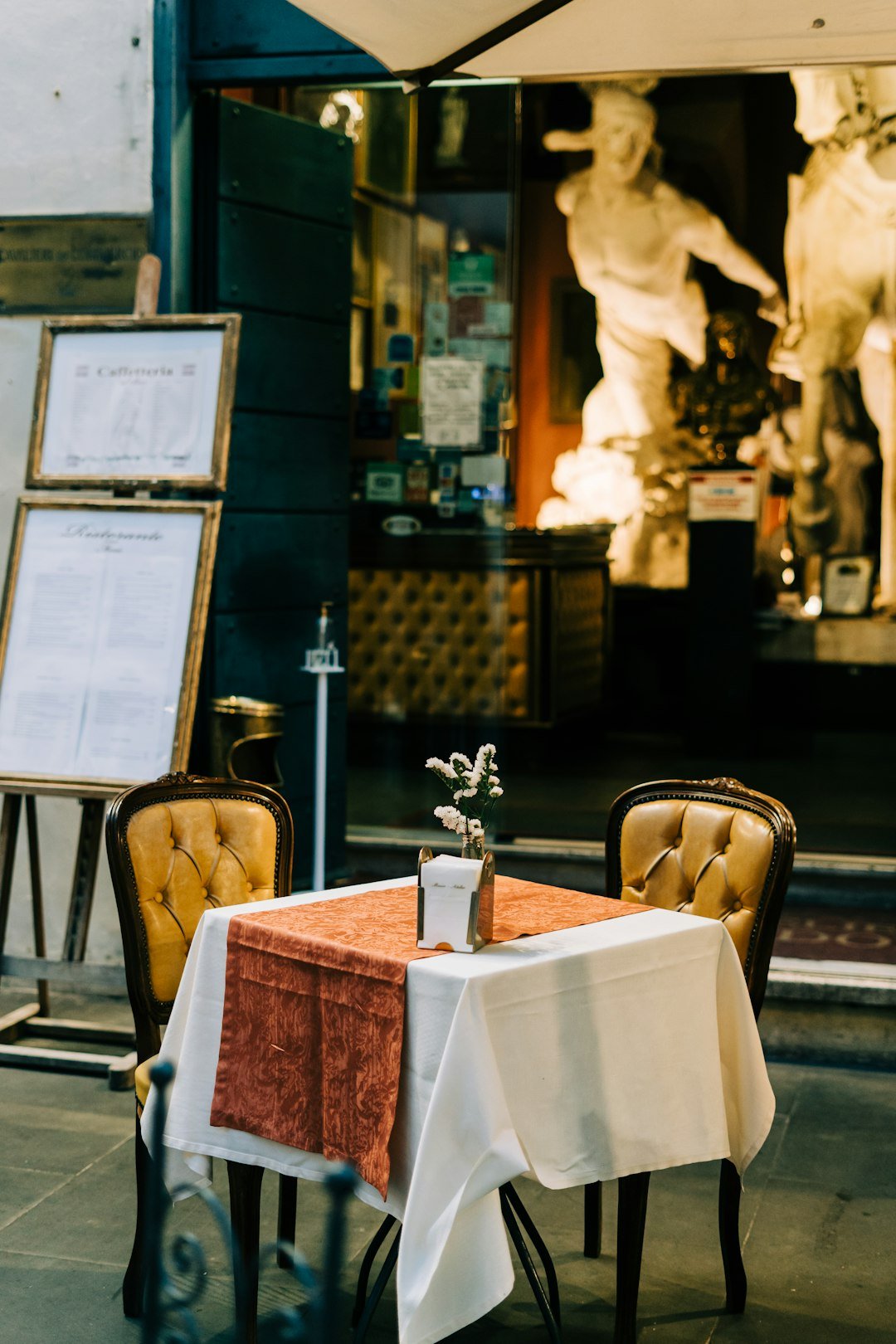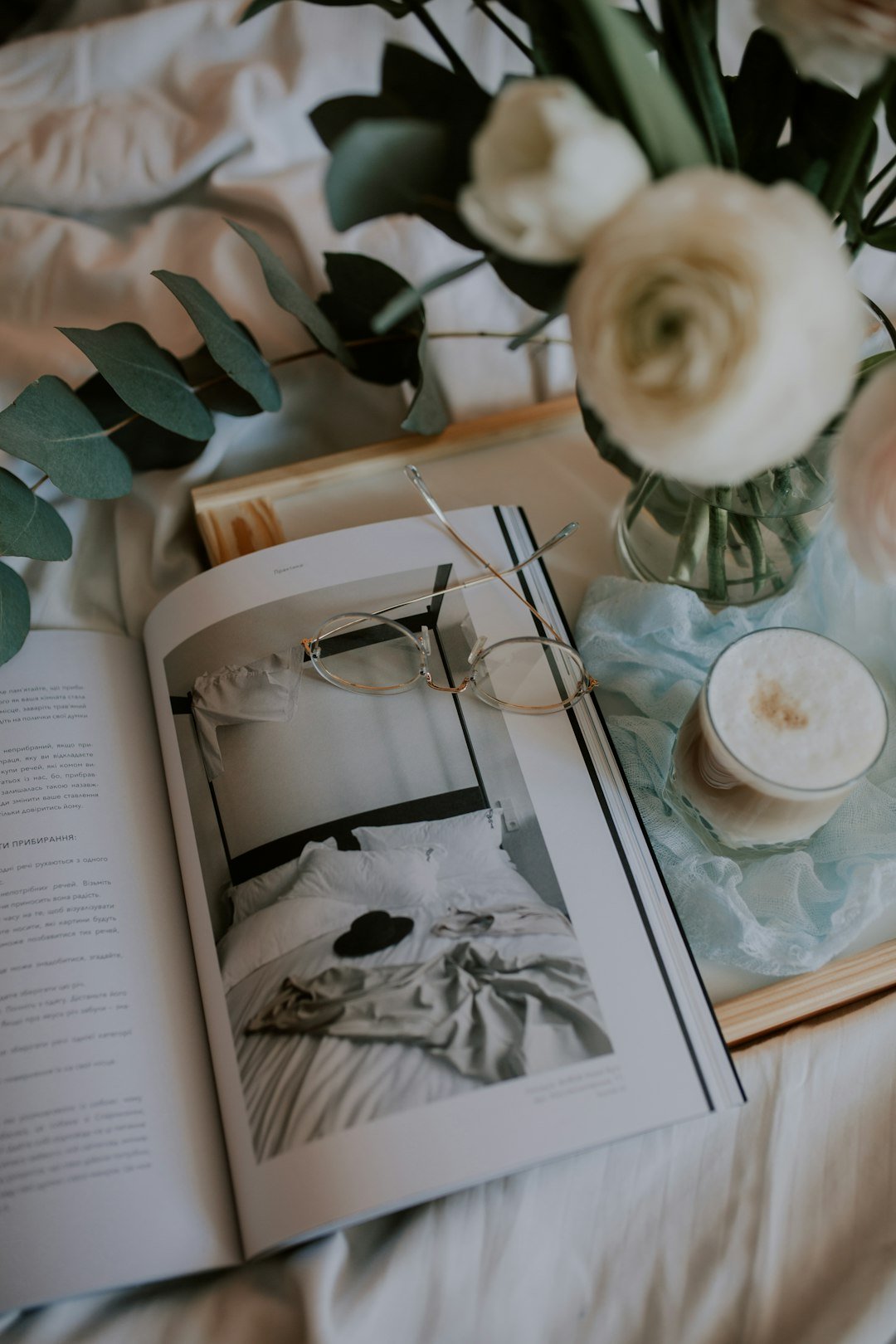
Weddings are wonderful occasions filled with joy, yet as a guest, there’s one fundamental principle to remember: never draw attention away from the bride. Dressing appropriately for a wedding is a balancing act—looking chic and put-together while ensuring that the bride remains the focal point. So how can you master this art? It hinges on comprehending the dress codes, selecting the right colors and styles, and accessorizing with finesse. This guide will equip you with all the insights needed to ensure you’re a memorable guest for all the right reasons, without eclipsing the main attraction. Let’s explore the nuances of wedding guest attire with grace and style.
Grasping Wedding Dress Codes
Dress codes serve as your compass for selecting wedding attire. They are not mere suggestions; they reflect the couple’s vision for their special day. Disregarding these guidelines could result in a mismatch with the event’s atmosphere or, worse still, diverting attention from the bride. Whether you’re attending a formal black-tie event or a relaxed beach gathering, the dress code will inform your outfit choices. Think of it as following a recipe: adhere closely, and the outcome will be delightful; stray too far, and you risk a fashion misstep.
Common Dress Codes for Weddings
Wedding dress codes come in various forms, each with distinct expectations. A black-tie event typically calls for elegant floor-length gowns or sharp tuxedos, epitomizing formal sophistication. Cocktail attire is a step down, allowing for knee-length dresses or well-tailored suits. Daytime or garden weddings tend to embrace a casual vibe, welcoming sundresses or linen blazers. For beach weddings, flowing maxi dresses or airy shirts and trousers are often appropriate. Each dress code carries its own subtleties, but the overarching goal remains the same: to complement the celebration’s aesthetic without overshadowing the bride.
Interpreting the Invitation
Invitations can be goldmines of information regarding dress codes. Look for key terms such as “formal,” “semi-formal,” or “casual.” The event’s location and time of day provide additional clues—morning garden weddings often call for lighter attire, while evening ballroom functions require a more sophisticated approach. If the invitation includes a wedding website, it’s worth a visit for extra details. Couples frequently share specific preferences, including avoiding certain colors or adhering to a theme. Paying attention to such elements demonstrates your respect for their vision.
Seeking Clarification
If you’re still uncertain, don’t hesitate to reach out for clarification. A courteous message to the couple, their wedding planner, or a close family member can clear up any ambiguity. A simple inquiry like, “I want to ensure I’m appropriately dressed for your special day—could you provide more details about the dress code?” shows that you care about their celebration and helps you avoid any potential missteps. Most couples appreciate the effort and will be happy to assist.
Selecting the Right Colors
Choosing the right colors for a wedding can be a tricky endeavor. The wrong shade may inadvertently mimic the bride or clash with the bridal party, taking away from the overall aesthetic. Your aim should be to select colors that are elegant, harmonious, and distinctly not bridal. Consider your outfit as a supporting character—essential to the story but never overshadowing the lead.
Colors to Steer Clear Of
Steer clear of white, ivory, cream, and champagne; these colors are synonymous with bridal wear and can easily create the impression that you’re vying for the bride’s spotlight. Additionally, avoid shades that mirror the bridal party’s color scheme, if known (check the wedding website or inquire). Bright neon colors or overly bold shades can also draw unwanted attention, making you stand out for the wrong reasons.
<strongElegant and Safe Color Choices
Opt for colors that convey sophistication without being overly attention-seeking. Navy is a classic choice that works well for any season or setting. Soft blush pink exudes elegance, while metallics like gold and silver provide a touch of understated glamour. Rich jewel tones—such as emerald, sapphire, or amethyst—are striking yet refined, allowing you to complement the wedding’s palette while maintaining your guest status.
<strongPicking Appropriate Styles
The style of your outfit should strike a harmonious balance: sophisticated enough to honor the occasion but understated enough to avoid stealing focus. Whether you choose a dress, suit, or separates, prioritize fit and elegance over flashy trends. The right style will enhance your confidence and allow you to blend seamlessly into the celebration.
<strongDresses for Women
For women, midi or knee-length dresses are often ideal, offering elegance without the formality of a full-length gown. A-line or wrap dresses are universally flattering and timeless. Avoid plunging necklines, thigh-high slits, or overly tight fits—these can come across as trying too hard for attention. Instead, opt for structured fabrics like chiffon or silk that flow gracefully. A well-fitted dress in a flattering cut allows you to shine without overshadowing the bride.
<strongSuits and Attire for Men
Men should favor tailored suits or blazers that fit well. A classic navy or charcoal suit is versatile for most weddings, paired with a crisp dress shirt and a subtle tie. Unless specified as black tie, avoid tuxedos, as they may seem overly formal. Eliminate loud patterns or novelty ties that draw too much attention. Your outfit should convey “polished guest” rather than “groom’s competition.”
<strongSteering Clear of Bold Patterns
Patterns can be a challenge. A loud floral dress or vibrant plaid suit might seem fun, but they can detract from the overall aesthetic of the wedding or clash with the decor. Stick to subtle designs, like soft florals or understated pinstripes, if you wish to incorporate patterns. Solid colors often provide a safer option, allowing the fit and quality of your outfit to be the focal point.
<strongAccessorizing with Discretion
Accessories should serve as the finishing touch to your outfit, enhancing your look without overshadowing it. Think of them as the seasoning in a dish—just a hint can elevate your ensemble, but too much can overwhelm the main flavor (the bride, of course).
<strongJewelry Selections
Opt for delicate jewelry that enhances your overall look without competing with the bride’s shine. A simple pendant necklace, modest stud earrings, or a fine bracelet can add elegance without being overpowering. Avoid oversized statement pieces or anything too sparkly, as they can easily draw the camera’s attention during group photos. If in doubt, remember: less is often more, allowing your outfit to take center stage.
<strongFootwear and Bags
Select shoes that are both stylish and comfortable; you’ll likely be on your feet for several hours. Classic pumps, block heels, or polished loafers are excellent choices based on the dress code. For bags, a small clutch or crossbody in a neutral or metallic hue strikes the right balance between practicality and chic. Avoid oversized bags or anything too flashy that might distract from your look.
<strongConsidering Venue and Season
The venue and season of the wedding play significant roles in determining your outfit. A summer ceremony by the beach will call for different attire than a winter gala in a grand ballroom. Tailoring your outfit to these elements ensures you remain comfortable and appropriately dressed, seamlessly fitting into the event’s ambiance.
<strongIndoor vs. Outdoor Weddings
Indoor weddings, particularly those held in formal settings such as hotels or churches, typically necessitate polished attire—consider structured dresses or full suits. Conversely, outdoor weddings, such as those in gardens or vineyards, allow for lighter fabrics and slightly more relaxed styles. For outdoor events, think about practical considerations, such as heel protectors for grass or a shawl for cooler evenings.
<strongSeasonal Considerations
Summer weddings invite breathable fabrics like cotton or linen and lighter color palettes. Winter, on the other hand, calls for richer tones and heavier materials such as velvet or wool. Spring and fall are transitional seasons—opt for versatile pieces like a midi dress paired with a light jacket or a suit complemented by a seasonal tie. Always check the weather forecast to ensure you’re prepared.
<strongEssential Tips for Wedding Guest Etiquette
Guest etiquette at weddings extends beyond attire; it’s fundamentally about respect. Arrive punctually, adhere to the couple’s requests, and maintain the focus on their celebration. When it comes to your outfit, plan ahead. Try on your look well before the big day to ensure it aligns with the dress code and feels comfortable. If you’re considering a bold outfit choice, ask yourself, “Will this divert attention from the bride?” If the answer is yes, it’s wise to rethink your selection.
<strongTiming and Preparation
Procrastinating on outfit choices can lead to unnecessary stress and potential errors. Begin planning several weeks in advance, especially if you require tailoring or specific accessories. Lay out your complete look—including clothing, shoes, jewelry, and bag—to ensure everything coordinates harmoniously. A little foresight can significantly boost your confidence as a respectful guest.
<strongConclusion
Dressing for a wedding is an art that combines style with sensitivity. By mastering dress codes, selecting thoughtful colors and styles, and accessorizing with care, you can look fabulous while allowing the bride to shine. Weddings are celebrations of love, and your attire should echo that joy without stealing the limelight. So, the next time you receive a wedding invitation, approach your wardrobe choices with attentiveness and poise—you’ll be the guest everyone admires for all the right reasons.
FAQs
- Can I wear a white dress with a colorful pattern to a wedding?
It’s best to avoid it. Even with patterns, a white dress can still appear bridal and risk taking attention away from the bride. Opt for a base color that isn’t white instead. - What should I do if the invitation doesn’t specify a dress code?
Politely reach out to the couple or their planner for clarification, or use the venue and time of day as indicators to assess the level of formality. - Is it appropriate to wear a floor-length gown to a daytime wedding?
This depends on the dress code. For casual or semi-formal daytime events, a midi or knee-length dress is typically more suitable. - How can I ensure my accessories don’t overshadow the bride?
Stick to delicate, understated pieces like simple earrings or a thin necklace, and avoid oversized or overly sparkly items that could divert attention. - What’s the best way to prepare for a destination wedding?
Take into account the local climate and cultural norms, and select lightweight, travel-friendly fabrics that align with the dress code.


